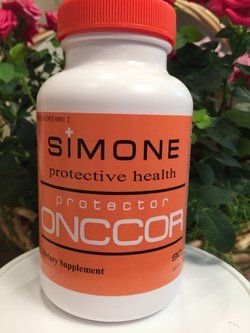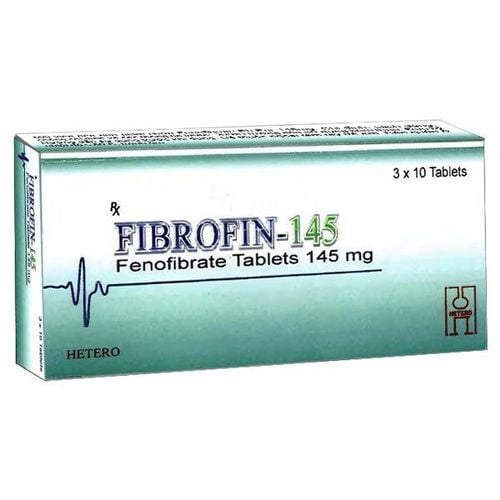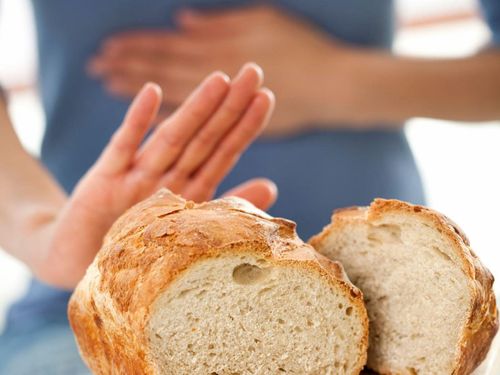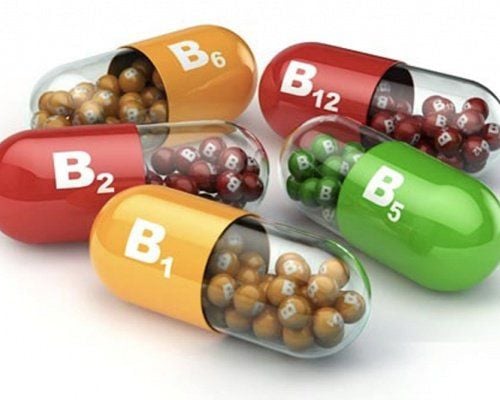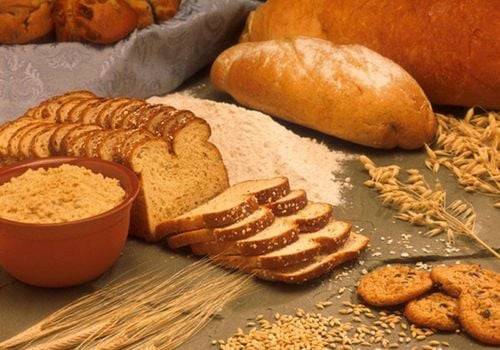This is an automatically translated article.
Quinoa, also known as quinoa, is one of the most popular healthy foods in the world. Quinoa is gluten-free, high in protein, and plant-based with adequate amounts of the nine essential amino acids. It is also rich in fiber, magnesium, B vitamins, iron, potassium, calcium, phosphorus, vitamin E and various beneficial antioxidants. So we, can we eat quinoa instead of rice?1. What is a quinoa seed?
Quinoa or quinoa is an edible seed that comes in a variety of colors including black, red, yellow and white. This plant has been cultivated for about 5000 years and is native to the Andean region of South America, namely Bolivia, Ecuador, Chile and Peru. After harvesting, the natural saponin (the outer layer of the seed) is removed, a chemical compound with a bitter taste.
2. Nutrition from quinoa seeds
Contains plant compounds Quercetin and Kaempferol In quinoa seeds contain the plant compounds Quercetin and Kaempferol, which have a higher effect on the health of food than familiar vitamins and minerals.
Quinoa contains a lot of micronutrients that are extremely good for health. This includes plant antioxidants called flavonoids, which have been shown to provide many health benefits.
Rich in fiber, protein Although they call Quinoa a grain, they are classified as a whole grain. This nut is rich in fiber and vegetable protein. On average, one cup of cooked quinoa provides about 8 grams of protein and 5 grams of fiber.
In quinoa is rich in:
Manganese Phosphorus Magnesium Folate Thiamin (Vitamin B1) Unlike some plant proteins, quinoa is a complete protein, meaning it contains all 9 essential amino acids (complete protein). regulate) that the body cannot make on its own include: Lysine, Histidine, Threonine, Methionine, Valine, Leucine, Isoleucine, Phenylalanine, Tryptophan.
With 8 grams of quality protein per cup of quinoa, it's a great source of plant-based protein for vegetarians and vegans. Quinoa is also gluten-free, so people with a gluten intolerance like celiac disease can still eat it safely.
Contains Iron and Magnesium Quinoa is rich in iron and magnesium, however it contains a substance called phytic acid, which can bind these minerals and reduce their absorption.
However, if soaked or sprouted quinoa before cooking, quinoa seeds can reduce the phytic acid content and make these minerals more bioavailable. Quinoa is also quite high in oxalates, which reduce calcium absorption and can cause problems for some people with recurrent kidney stones.
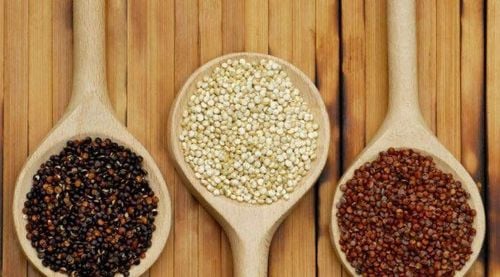
Hạt quinoa chứa lượng sắt và magie có lợi cho sức khỏe người dùng
Rich in antioxidants Quinoa is rich in antioxidants, which neutralize free radicals, thereby helping to fight aging and many other diseases.
In a study involving antioxidant levels in five grains, which used three mock grains and two legumes, the results of the study found that quinoa has higher levels of antioxidants. highest of all grains and legumes studied. Using sprouted quinoa seeds will increase the antioxidant content even further.
Helps with weight loss Some of the properties of quinoa seeds may help with weight loss by boosting metabolism or reducing cravings. They contain a lot of protein, which can both increase metabolism and reduce appetite significantly.
High fiber intake can increase satiety, the body needs fewer calories. Although there are currently no studies looking at the effects of quinoa on body weight, it appears that this category could still be applied to a healthy weight loss diet.
3. Can quinoa seeds be eaten instead of rice?
The answer is yes. Although there are no direct health benefits, quinoa is actually very easy to incorporate into the diet because it is easy to eat, delicious and goes well with many foods.
Packaged quinoa is usually pre-washed, but some brands may recommend rinsing before cooking to remove any residual saponins. Use a fine mesh sieve to filter out the small seeds and soak the quinoa under cool running water a few times. Quinoa is prepared in a similar way to rice, using two parts liquid quinoa and one part dried quinoa. One cup of dry quinoa yields 3 cups of cooked quinoa.
To make cooking easier, quinoa can be prepared in a rice cooker with the same ratio of 1 cup of quinoa to 2 cups of water. Quinoa can be substituted for rice for sushi and other dishes such as:
Incorporate cooked quinoa into salads or soups for extra flavor. Use quinoa as a breakfast cereal by cooking quinoa in milk or water. Quinoa can be used to make popcorn quinoa, the same way corn is made to make popcorn. Once you have a clear understanding of the nutritional value of quinoa seeds, and how to use them, you can consider using them appropriately and according to your own dietary needs.
Please dial HOTLINE for more information or register for an appointment HERE. Download MyVinmec app to make appointments faster and to manage your bookings easily.
Reference source: healthline.com - hsph.harvard.edu




